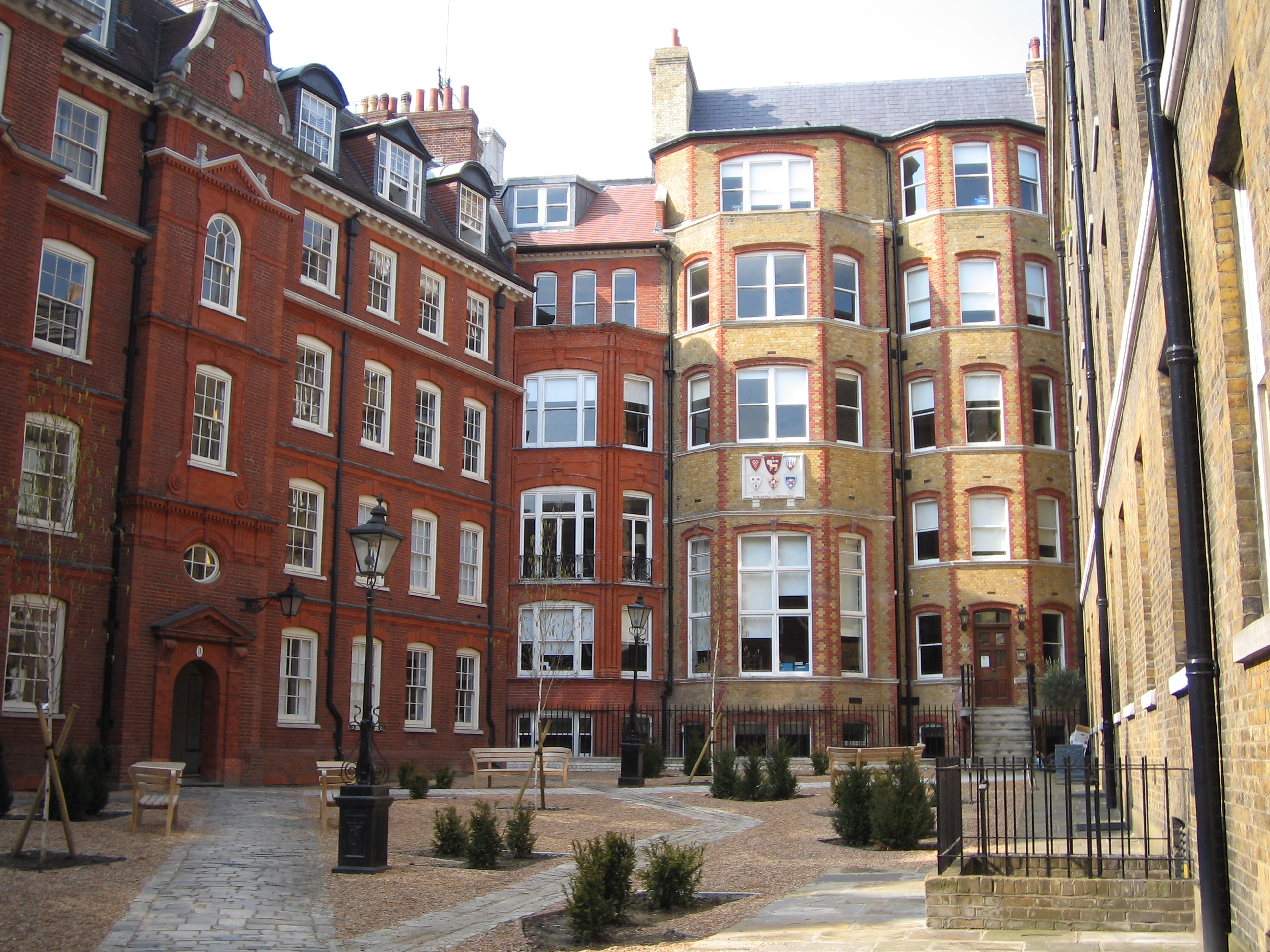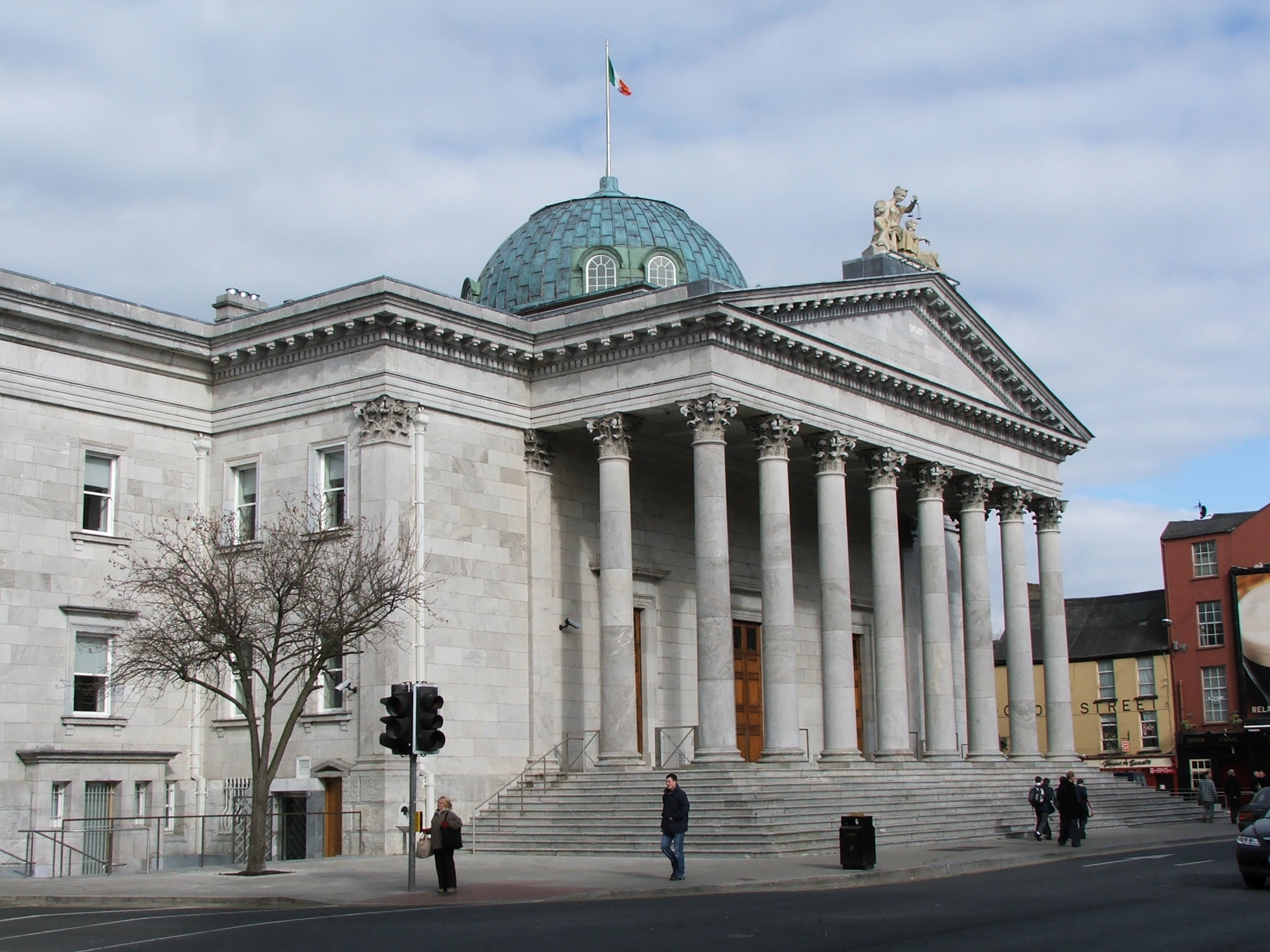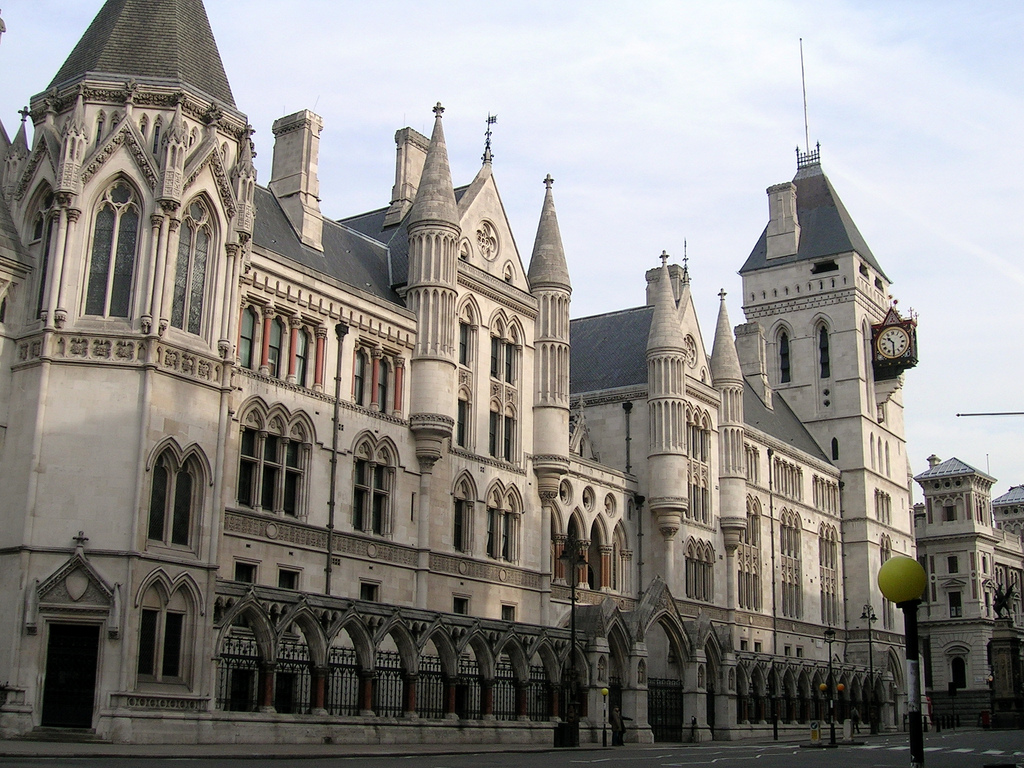|
Ann Ebsworth
Dame Ann Marian Ebsworth, DBE (19 May 1937 – 4 April 2002) was an English barrister and judge. In 1992, she became the sixth female High Court judge, and the first to be assigned to the Queen's Bench Division. Biography Ebsworth's father, Arthur Ebsworth, was an officer in the Royal Marines and her early life was spent in various barracks. She was educated at Notre Dame Convent, Worth, West Sussex, and at Portsmouth High School. She read history at Royal Holloway College, University of London, where she was a formidable debater, captaining teams in intercollegiate contests. She was called to the Bar at Gray's Inn in 1962, where she was later a bencher. She practised mainly in Liverpool, concentrating on criminal work. She became head of her chambers, but did not become a QC. She became a Recorder in the Crown Court in 1978, and a circuit judge in 1983. She served on the Mental Health Review Tribunal from 1975 to 1983, and on the Parole Board from 1989 to 1992. She w ... [...More Info...] [...Related Items...] OR: [Wikipedia] [Google] [Baidu] |
Order Of The British Empire
The Most Excellent Order of the British Empire is a British order of chivalry, rewarding contributions to the arts and sciences, work with charitable and welfare organisations, and public service outside the civil service. It was established on 4 June 1917 by King George V and comprises five classes across both civil and military divisions, the most senior two of which make the recipient either a knight if male or dame if female. There is also the related British Empire Medal, whose recipients are affiliated with, but not members of, the order. Recommendations for appointments to the Order of the British Empire were originally made on the nomination of the United Kingdom, the self-governing Dominions of the Empire (later Commonwealth) and the Viceroy of India. Nominations continue today from Commonwealth countries that participate in recommending British honours. Most Commonwealth countries ceased recommendations for appointments to the Order of the British Empire when they ... [...More Info...] [...Related Items...] OR: [Wikipedia] [Google] [Baidu] |
Mental Health Review Tribunal
A mental health tribunal is a specialist tribunal (hearing) empowered by law to adjudicate disputes about mental health treatment and detention, primarily by conducting independent reviews of patients diagnosed with mental disorders who are detained in psychiatric hospitals, or under outpatient commitment, and who may be subject to involuntary treatment. The usual composition of the panel varies by jurisdiction but may consist of a legal member, a medical member and a community/specialist member. The legal member may be a senior lawyer or judge (often senior counsel) and acts as the chair; the medical member may be a senior (e.g. consultant) psychiatrist and has often held clinical responsibility for detained patients before; and the community/specialist/'non-legal' member is neither a lawyer or medical doctor but has relevant qualifications (often at postgraduate level) and/or specialist experience in mental health, either as a mental health professional or a specialist layper ... [...More Info...] [...Related Items...] OR: [Wikipedia] [Google] [Baidu] |
Inner Temple
The Honourable Society of the Inner Temple, commonly known as the Inner Temple, is one of the four Inns of Court and is a professional associations for barristers and judges. To be called to the Bar and practise as a barrister in England and Wales, a person must belong to one of these Inns. It is located in the wider Temple area, near the Royal Courts of Justice, and within the City of London. The Inn is a professional body that provides legal training, selection, and regulation for members. It is ruled by a governing council called "Parliament", made up of the Masters of the Bench (or "Benchers"), and led by the Treasurer, who is elected to serve a one-year term. The Temple takes its name from the Knights Templar, who originally (until their abolition in 1312) leased the land to the Temple's inhabitants (Templars). The Inner Temple was a distinct society from at least 1388, although as with all the Inns of Court its precise date of founding is not known. After a disrupted early ... [...More Info...] [...Related Items...] OR: [Wikipedia] [Google] [Baidu] |
Great Ormond Street Hospital
Great Ormond Street Hospital (informally GOSH or Great Ormond Street, formerly the Hospital for Sick Children) is a children's hospital located in the Bloomsbury area of the London Borough of Camden, and a part of Great Ormond Street Hospital for Children NHS Foundation Trust. The hospital is the largest centre for child heart surgery in the UK and one of the largest centres for heart transplantation in the world. In 1962 they developed the first heart and lung bypass machine for children. With children's book author Roald Dahl, they developed an improved shunt valve for children with hydrocephalus, and non-invasive (percutaneous) heart valve replacements. They did the first UK clinical trials of the rubella vaccine, and the first bone marrow transplant and gene therapy for severe combined immunodeficiency.Breakthroughs It is closely associated with University College London (UCL) and in partnership with the UCL Great Ormond Street Institute of Child Health, which is adjace ... [...More Info...] [...Related Items...] OR: [Wikipedia] [Google] [Baidu] |
Cancer
Cancer is a group of diseases involving abnormal cell growth with the potential to invade or spread to other parts of the body. These contrast with benign tumors, which do not spread. Possible signs and symptoms include a lump, abnormal bleeding, prolonged cough, unexplained weight loss, and a change in bowel movements. While these symptoms may indicate cancer, they can also have other causes. Over 100 types of cancers affect humans. Tobacco use is the cause of about 22% of cancer deaths. Another 10% are due to obesity, poor diet, lack of physical activity or excessive drinking of alcohol. Other factors include certain infections, exposure to ionizing radiation, and environmental pollutants. In the developing world, 15% of cancers are due to infections such as ''Helicobacter pylori'', hepatitis B, hepatitis C, human papillomavirus infection, Epstein–Barr virus and human immunodeficiency virus (HIV). These factors act, at least partly, by changing the genes of ... [...More Info...] [...Related Items...] OR: [Wikipedia] [Google] [Baidu] |
Keble College, Oxford
Keble College () is one of the constituent colleges of the University of Oxford in England. Its main buildings are on Parks Road, opposite the University Museum and the University Parks. The college is bordered to the north by Keble Road, to the south by Museum Road, and to the west by Blackhall Road. Keble was established in 1870, having been built as a monument to John Keble, who had been a leading member of the Oxford Movement which sought to stress the Catholic nature of the Church of England. Consequently, the college's original teaching focus was primarily theological, although the college now offers a broad range of subjects, reflecting the diversity of degrees offered across the wider university. In the period after the Second World War, the trends were towards scientific courses (proximity to the university science area east of the University Museum influenced this). As originally constituted, it was for men only and the fellows were mostly bachelors resident in the co ... [...More Info...] [...Related Items...] OR: [Wikipedia] [Google] [Baidu] |
South Eastern Circuit
The Circuit Court ( ga, An Chúirt Chuarda) of Ireland is an intermediate level court of local and limited jurisdiction which hears both civil and criminal matters. On the criminal side the Circuit Court hears criminal matters tried on indictment with a judge and jury, except for certain serious crimes which are tried in either the Central Criminal Court or the Special Criminal Court. On the civil side the Circuit Court has a considerable parallel jurisdiction — including equitable remedies — with the High Court but normally cannot award damages of more than €75,000. The Circuit Court also hears '' de novo'' appeals from the District Court in both civil and criminal matters. The Circuit Court consists of a President and thirty-seven ordinary judges and six specialist judges. It is composed of eight circuits, each of which cover an ''ad hoc'' region of the state. One judge is assigned to each circuit except in Dublin where ten judges may be assigned, and Cork, where there ... [...More Info...] [...Related Items...] OR: [Wikipedia] [Google] [Baidu] |
Family Division
The High Court of Justice in London, known properly as His Majesty's High Court of Justice in England, together with the Court of Appeal and the Crown Court, are the Senior Courts of England and Wales. Its name is abbreviated as EWHC (England and Wales High Court) for legal citation purposes. The High Court deals at first instance with all high value and high importance civil law (non-criminal) cases; it also has a supervisory jurisdiction over all subordinate courts and tribunals, with a few statutory exceptions, though there are debates as to whether these exceptions are effective. The High Court consists of three divisions: the King's Bench Division, the Chancery Division and the Family Division. Their jurisdictions overlap in some cases, and cases started in one division may be transferred by court order to another where appropriate. The differences of procedure and practice between divisions are partly historical, derived from the separate courts which were merged into t ... [...More Info...] [...Related Items...] OR: [Wikipedia] [Google] [Baidu] |
Joyanne Bracewell
Dame Joyanne Winifred Bracewell DBE QC FRSA (5 July 1934 – 9 January 2007) was the most senior judge of the Family Division of the High Court of Justice at the time of her death, after the President of the Family Division. Personal life Bracewell was born on 5 July 1934 in Burnage, Manchester. She was the daughter of Jack Bracewell, the director of a cotton manufacturing company, and Lilian ( Gibson) Bracewell. She was a child actress, appearing on ''Children's Hour'' in productions of E. Nesbit's plays and in two comedy films made in Manchester in 1948, ''Cup-tie Honeymoon'' and ''Holidays with Pay''. After being educated mostly at home, she studied at the University of Manchester, receiving her LLB in 1954 and her LLM in 1956. On 12 September 1963, she married Roy Copeland, a gifted jazz musician. They adopted two children, Philippa and Adam. Career She was called to the Bar at Gray's Inn in 1955 and did her pupillage at the Bar from 1955 to 1956 with Godfrey Heilpern. S ... [...More Info...] [...Related Items...] OR: [Wikipedia] [Google] [Baidu] |
Elizabeth Butler-Sloss
Ann Elizabeth Oldfield Butler-Sloss, Baroness Butler-Sloss, GBE, PC (''née'' Havers; born 10 August 1933), is a retired English judge. She was the first female Lord Justice of Appeal and was the highest-ranking female judge in the United Kingdom until 2004, when Baroness Hale was appointed to the House of Lords. Until June 2007, she chaired the inquests into the deaths of Diana, Princess of Wales, and Dodi Fayed. She stood down from that task with effect from that date, and the inquest was conducted by Lord Justice Scott Baker. Early life The daughter of Sir Cecil Havers, a judge, and Enid Flo Havers (''née'' Snelling), she was sister to the late Lord Chancellor, The Lord Havers, and is aunt to his sons, the actor Nigel Havers and the barrister Philip Havers. She was educated at Broomfield House School in Kew, in West London, and Wycombe Abbey School in High Wycombe in Buckinghamshire, followed by a year at the University of Lausanne."Why I am Still an Anglican", ''Continu ... [...More Info...] [...Related Items...] OR: [Wikipedia] [Google] [Baidu] |
Margaret Booth (judge)
Dame Margaret Myfanwy Wood Booth, DBE (11 September 1933 – 1 January 2021) was a British judge. Education and career Her father was told by a cousin in the early 1950s, "Don’t put your daughter in to law; there is no place for women in the law” but the family ignored this and Margaret Booth was called to the Bar in 1956 after studying law at University College London, having won a scholarship from Middle Temple. In 1976 she took silk, becoming only the tenth woman appointed a Queen’s Counsel. In January 1979, she became the third woman to be appointed as a High Court judge. Like her predecessors, Elizabeth Lane and Rose Heilbron, she was assigned to the Family Division. In 1980, she chaired a committee that unanimously called for no-fault divorce, yet the Divorce, Dissolution and Separation Bill only reached the House of Lords in the days following her death. She retired from judicial office in 1994. She was awarded an honorary LLD by the University of Liverpool ... [...More Info...] [...Related Items...] OR: [Wikipedia] [Google] [Baidu] |




